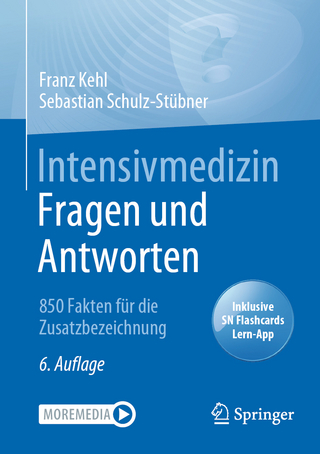
The Cavernous Sinus
Springer Wien (Verlag)
978-3-7091-7460-9 (ISBN)
Historical review and pioneer work.- Carotid cavernous fistula. History and anatomy.- Must we still call cavernous sinus the parasellar vascular and nervous crossroads? The necessity of a definite topographical description of the region.- Anatomy.- Gross anatomy of the cavernous region.- The cavernous sinus. An anatomical study of its lateral wall.- The blood supply of the cranial nerves in the lateral wall of the cavernous sinus.- Microsurgical anatomy of collateral branches of the intracavernous internal carotid artery.- Anatomical remarks on the fetal cavernous sinus and on the veins of the middle cranial fossa.- Histoarchitecture of the cavernous sinus.- Diagnostic procedures.- Facial reflex examination for assessment of subclinical trigeminal nerve involvement in the cavernous sinus.- Dynamic CT scanning of the cavernous sinus.- Radiological grading of tumor extension of the cavernous sinus.- MR imaging: normal and invaded cav-ernous sinus studied with and without Gd-DTPA.- The utility of intravenous DSA for cavernous sinus venography.- Occlusion techniques.- Embolization techniques in the treatment of vascular lesions involving the cavernous sinus.- Endovascular therapy of vascular lesions of the cavernous sinus. Experience with 129 cases.- The detachable balloon technique in the treatment of direct carotid-cavernous fistulas.- Criteria for the differentiation of high-, moderate-, and low-flow carotid-cavernous sinus fistulas and their treatment with balloon catheters.- Closure of carotid-cavernous fistulas by intracavernous surgical insertion of biological materials.- Surgery of vascular lesions.- Carotid cavernous aneurysms and fistulae.- Traumatic carotid aneurysms of the cavernous sinus.- Strategies in intracavernous saccular aneurysms.- Para- and infraclinoidal aneurysms. Anatomy, surgical technique and report on 22 cases.- Direct approaches to vascular lesions in the cavernous sinus via the medial triangle.- Treatment of internal carotid infraclinoid aneurysms.- Direct operation on intracavernous giant aneurysm.- Treatment of intracavernous aneurysms of the ICA and CCFs by direct approach.- The antero-external approach to the internal carotid artery at the base of the skull and intrapetrously.- Tumor surgery.- The direct microsurgical approach to intracavernous tumors.- Usefulness of the orbitofrontomalar approach associated with bone reconstruction for frontotemporosphenoid meningiomas.- An orbitozygomaticomalar bone flap approach: a technical note.- Skull base approaches for meningiomas invading the cavernous sinus.- Trigeminal neurinomas. A special type of cavernous sinus tumors.- Treatment of tumors invading the cavernous sinus.- Pathological aspects in a series of 53 cavernous sinus tumors.- The transnasal approach to the cavernous sinus.- Transsphenoidal surgery of pituitary adenomas developed towards the cavernous sinus.
| Erscheint lt. Verlag | 20.11.2013 |
|---|---|
| Zusatzinfo | IX, 422 p. 202 illus. |
| Verlagsort | Vienna |
| Sprache | englisch |
| Maße | 178 x 254 mm |
| Gewicht | 813 g |
| Themenwelt | Medizinische Fachgebiete ► Chirurgie ► Neurochirurgie |
| Schlagworte | anatomy • Aneurysm • Computed tomography (CT) • Cranial Nerves • Diagnosis • Monitor • neurosurgery • Parkinson • Pathology • Safety • sinus • Skull base • Surgery • Surgical technique • Tumor |
| ISBN-10 | 3-7091-7460-0 / 3709174600 |
| ISBN-13 | 978-3-7091-7460-9 / 9783709174609 |
| Zustand | Neuware |
| Informationen gemäß Produktsicherheitsverordnung (GPSR) | |
| Haben Sie eine Frage zum Produkt? |
aus dem Bereich


